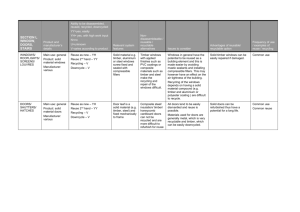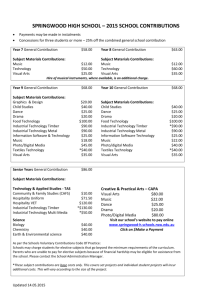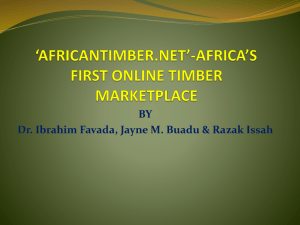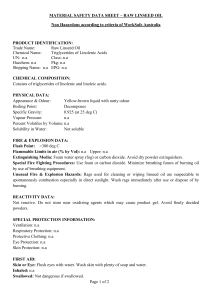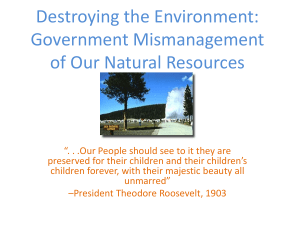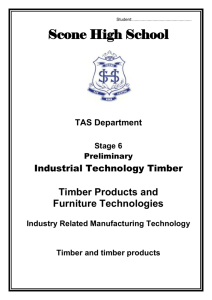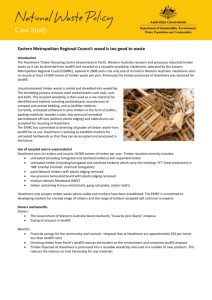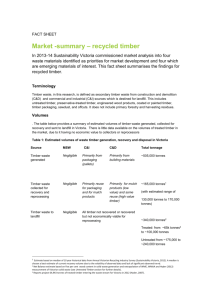Recycling
advertisement
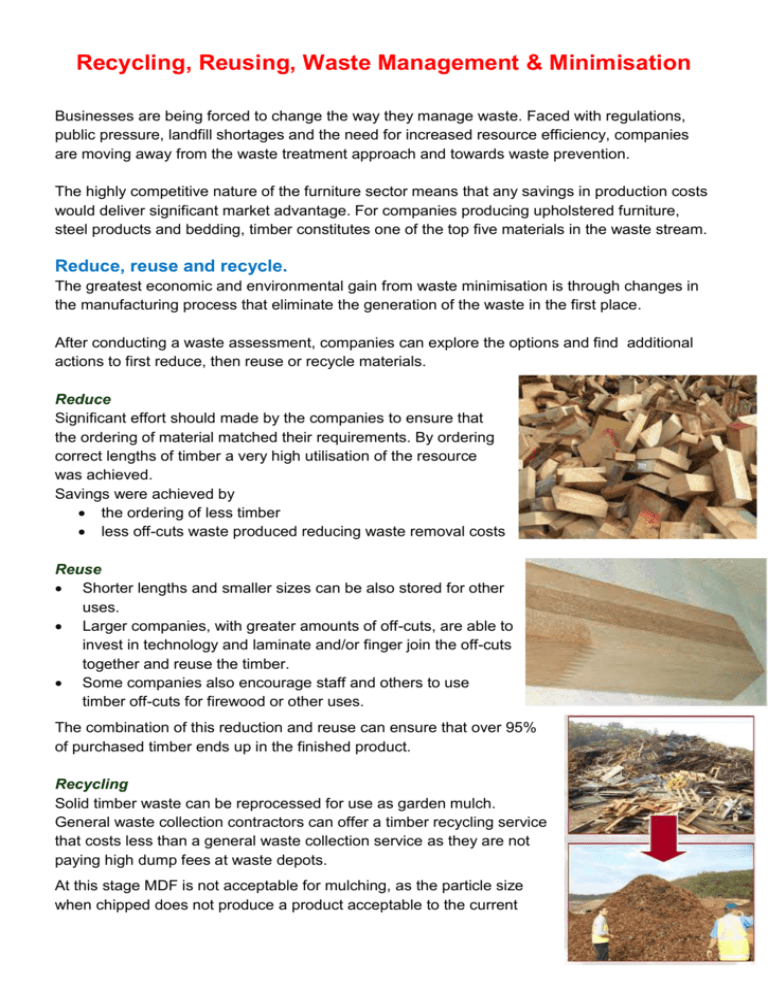
Recycling, Reusing, Waste Management & Minimisation Businesses are being forced to change the way they manage waste. Faced with regulations, public pressure, landfill shortages and the need for increased resource efficiency, companies are moving away from the waste treatment approach and towards waste prevention. The highly competitive nature of the furniture sector means that any savings in production costs would deliver significant market advantage. For companies producing upholstered furniture, steel products and bedding, timber constitutes one of the top five materials in the waste stream. Reduce, reuse and recycle. The greatest economic and environmental gain from waste minimisation is through changes in the manufacturing process that eliminate the generation of the waste in the first place. After conducting a waste assessment, companies can explore the options and find additional actions to first reduce, then reuse or recycle materials. Reduce Significant effort should made by the companies to ensure that the ordering of material matched their requirements. By ordering correct lengths of timber a very high utilisation of the resource was achieved. Savings were achieved by the ordering of less timber less off-cuts waste produced reducing waste removal costs Reuse Shorter lengths and smaller sizes can be also stored for other uses. Larger companies, with greater amounts of off-cuts, are able to invest in technology and laminate and/or finger join the off-cuts together and reuse the timber. Some companies also encourage staff and others to use timber off-cuts for firewood or other uses. The combination of this reduction and reuse can ensure that over 95% of purchased timber ends up in the finished product. Recycling Solid timber waste can be reprocessed for use as garden mulch. General waste collection contractors can offer a timber recycling service that costs less than a general waste collection service as they are not paying high dump fees at waste depots. At this stage MDF is not acceptable for mulching, as the particle size when chipped does not produce a product acceptable to the current market. Use of MDF as firewood is not possible due to the existence of urea formaldehyde glues that produce toxic emissions when burnt. Sawdust that has been generated from 100% solid timber can be used in animal bedding. For this particular market, significant amounts of clean sawdust are essential. Saw dust is being used as mulch around strawberries and blueberries and also as roughage in animal feed. Saw dust is also compressed to form wood briquettes (artificial logs) for burning in domestic heaters. Particle board and timber off cuts can be used in the manufacture of particleboard as the middle layer. In smaller businesses, the recycling of waste products is usually uneconomical and most waste is disposed at landfill tips. Recycling of particle board may soon be an option A trial has shown that when chipped, the manufactured timbers can be composted effectively. The formaldehyde contained in chipboard is highly toxic, but vaporises with controlled exposure to air and water in the composting process. Valuable timber resources For furniture manufacturers and many other companies, timber is a large component of the waste stream. Disposal adds significantly to business costs and takes up valuable site space. Landfilling timber results in the loss of a valuable resource that could be better used in mulch, particleboard production or other uses. Once timber is taken to landfill it contributes to global warming through the creation of methane, a powerful greenhouse gas. Like the recycling of steel, cardboard and other materials, timber recycling is becoming an increasingly important part of doing business efficiently.


